Naked Man Orchid Facts
- The attention-grabbing term of Naked Man Orchid appropriately serves as the most often used common name for this amazing plant. Yet, that’s not the only general title it holds. It’s also sometimes known as the Italain orchid by some people.
- Among those inside the scientific community, however, it’s perhaps better known by yet another tag. That’s its formal one. Thankfully, though, that’s much easier for the layperson to pronounce than most such. It bears the scientific epithet Orchis italica.
- This marvel of Nature received that short moniker due to the efforts of Giovanni Gussone. The highly respected Italian botanist recorded the first recognition of it as a separate and distinct species. He achieved that scientifically noteworthy feat in 1826.
- The unusual Angiosperm remains renowned for the quirk of evolution that provided it with a most unusual appearance. That’s due to the fact that one portion of the natural wonder bears a striking resemblance to a naked man, thus the common name.
- Fortunately, the conversation starting Naked Man Orchid seems to be maintaining a population base that’s both stable and sufficient. That pleasant state also appears to hold true across its range. The IUCN thus currently has no listing for it on the Red List.
- The distinctive plant nevertheless still faces multiple potential threats to its continued existence. Like all forms of life on earth today, most of those stem from the actions of mankind. They include the related perils of habitat loss and ongoing climate change.
Related Articles
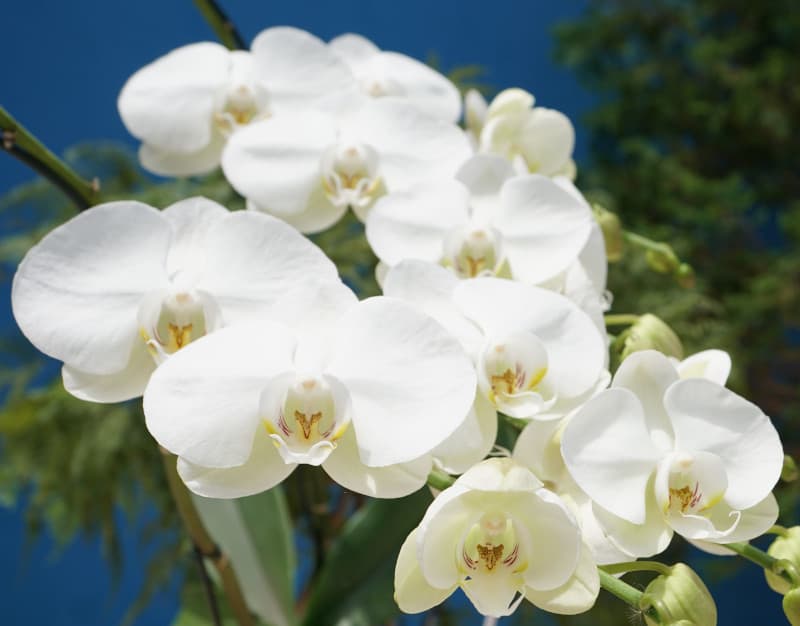
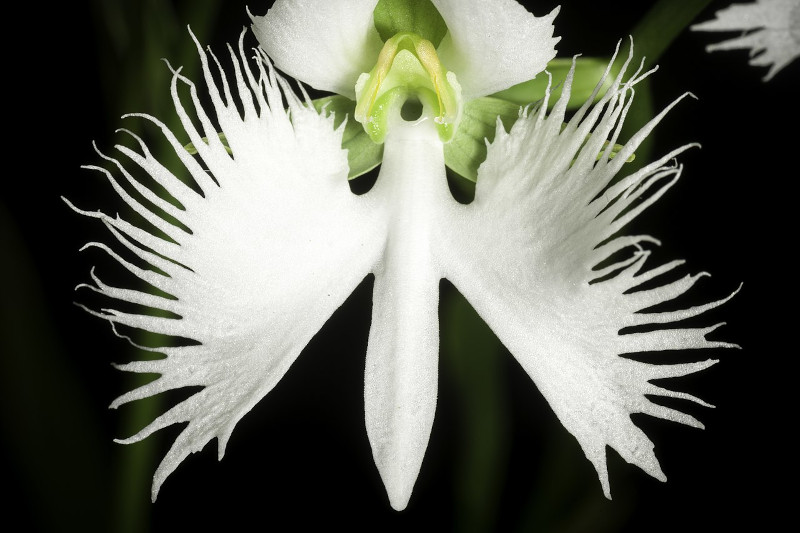
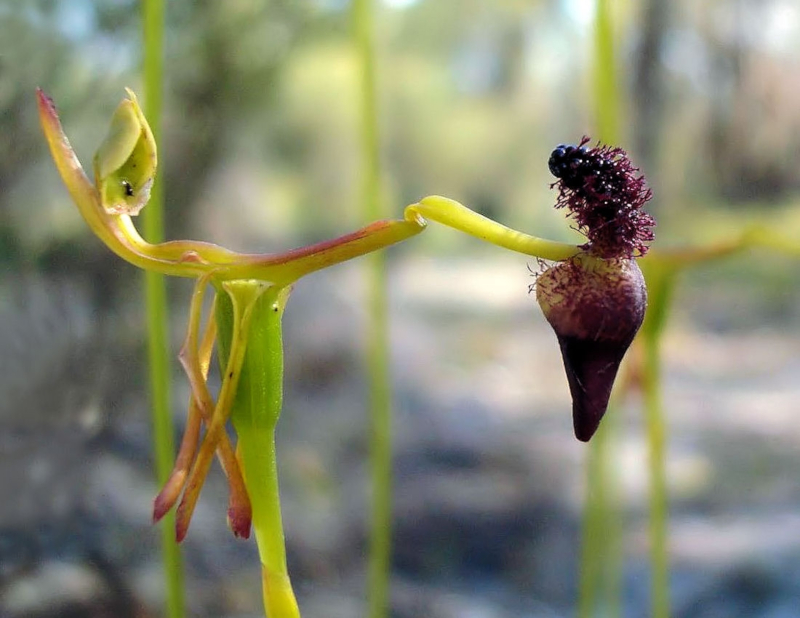
Naked Man Orchid Physical Description
The remarkable Naked Man Orchid rarely fails to capture the attention of those fortunate enough to enocunter one. This obviously most typically occurs due to the appearance of the aptly-named marvel. Yet, the plant does have other appealing attributes as well.
In general overall form, it’s a variety of terrestrial orchid It also possesses a fairly complex turberous root system. Each plant generally produces a single, vertically growing green stem. Typically relatively thick in structure, this stem averages 8 – 16 in (20 – 40 cm) in height.
The amazing plant also develops two clearly separate types of leaves. It has 5-8 lance-shaped basal leaves, which present as dark green with or without dark purple spots. The flora also has smaller, sheathing cauline leaves that decrease in size higher up the stem.
Those incredible flowers Nature provided this wonder most frequently manifest in comparatively large clusters. They’re also generally arranged in a dense, conical to cylindrical structured spike. Each of these formations typically holds between 10 and 50 flowers.
Clearly, though, it’s the blooms themselves of the Naked Man Orchid that receive the most interest. These resemble a small human figure with arms, legs, and a torso. The central lobe of the lip is elongated and deeply divided into lobes, creating the appearance of limbs.
The lip’s trilobed, with the middle lobe being much longer and often split, enhancing the naked appearance. The colors of the flowers further enhance its appeal with their dazzling shades. These range from pink to light purple, with darker purple spots and stripes.
- Kingdom: Plantae
- Phylum: Angiosperms
- Class: Monocots
- Order: Asparagales
- Family: Orchidaceae
- Genus: Orchis
- Species: O. italica
Naked Man Orchid Distribution, Habitat, and Ecology
The Naked Man Orchid evolved as native to a region of the globe already well knwon for its abundance of other beautiful works of Nature. The setting for that zone of habitation therefore likely won’t surprise many of you. The species occurs in the Mediterranean region.
There, it appears in various concentrations within the borders of several continents. In Europe, this includes Malta, Portugal, Spain, Italy, Serbia, Greece, and the Aegean Islands. This area also represents the largest concentration of its known population centers.
It does, however, make its home in a few other portions of this part of the world. In Asia, the marvel resides in Turkey, Syria, and Jordan. Though even more widely scattered, smaller groupings of the Angiosperm additionally reside in a few places in Africa.
Thankfully, this intrepid product of Nature and evolution displays decidedly flexible preferences regarding its choice of habitat. It’s therefore found within a moderate variety of ecosystems within its native range. This provides it with a certain evolutionary advantage.
It thrives in open grasslands where there’s ample sunlight. These provide the right conditions for growth, with enough space and light. It also likes moist meadows. The presence of similar plants here supports its growth and also provides necessary nutrients.
It’s often found in Mediterranean scrublands, which remain strongly characterized by low, dense shrub vegetation. These areas are typically sunny and have very well-drained soils. Yet, it’s also sometimes found in open woodlands, particularly those with calcareous soils.
The uniquely-evolved botanical beauty also shows an impressively high degree of adaptability to a surprisingly wide range of altitudes. That’s true since it’s also known to thrive equally well at heights ranging from sea level up to as much as 4,300 ft (1,300 m).
The eye-catching Naked Man Orchid achieves pollination via the ctions of various species. Bees and other pollinating insects are attracted to the flowers by their shape, color, and potentially scent, though this particular orchid isn’t known for having a strong fragrance.
Like many of its close relatives, this member of its Family employs a deceptive pollination strategy. That’s because its flowers mimic the appearance of other nectar-producing plants. This thus entices pollinators to visit the plant without offering a nectar reward.
After pollination, it produces many tiny seeds. These it disperses via the wind, allowing the plant to colonize new areas. The seeds also require a symbiotic relationship with mycorrhizal fungi to germinate. Those provide essential nutrients that they need to develop.
Species Sharing Its Range
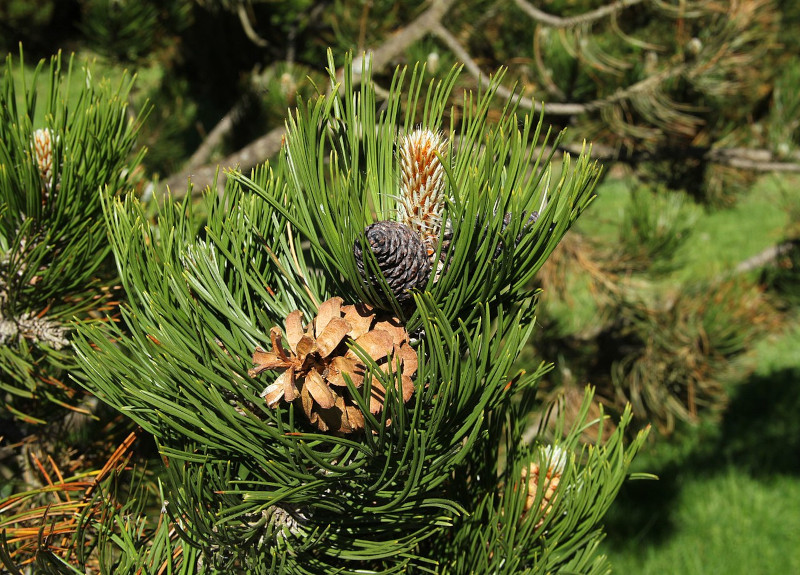
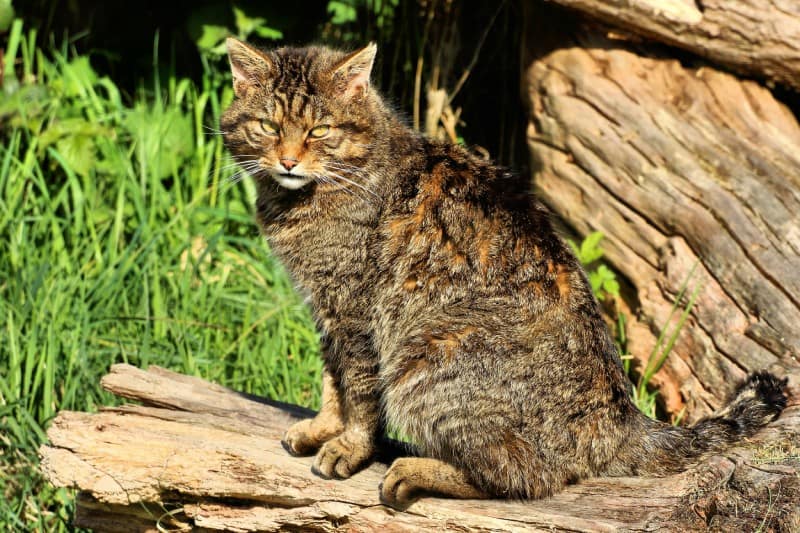
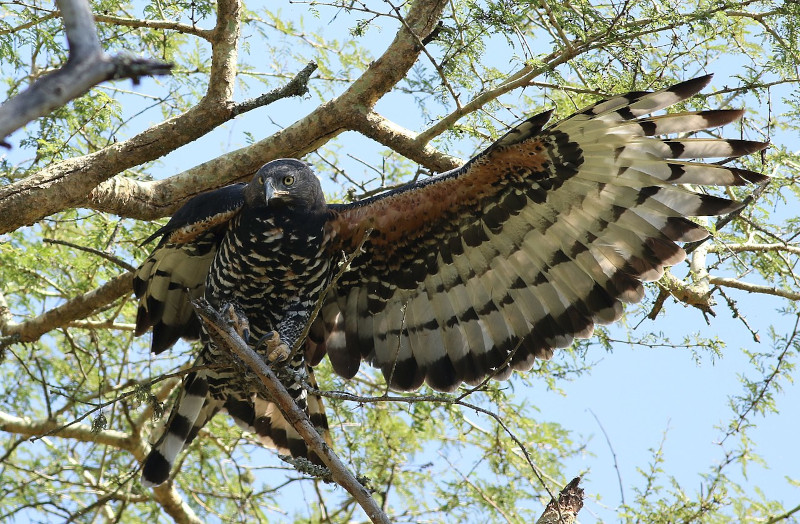
Check out our other articles on Kangaroo Paw, Texas Bluebonnet, Chinese Lantern, Icicle Mushroom, 10 Remarkable Rare Cetaceans, Berca Mud Volcanoes, Little Penguin, Aye-aye, Green Iguana












I am looking for where I might a plant of orchids italica. My daughter lovers orchids and can grow them well. I just don’t know where to get her one.
I think it’s funny and I love your website!!!
sweet plant
Bailey